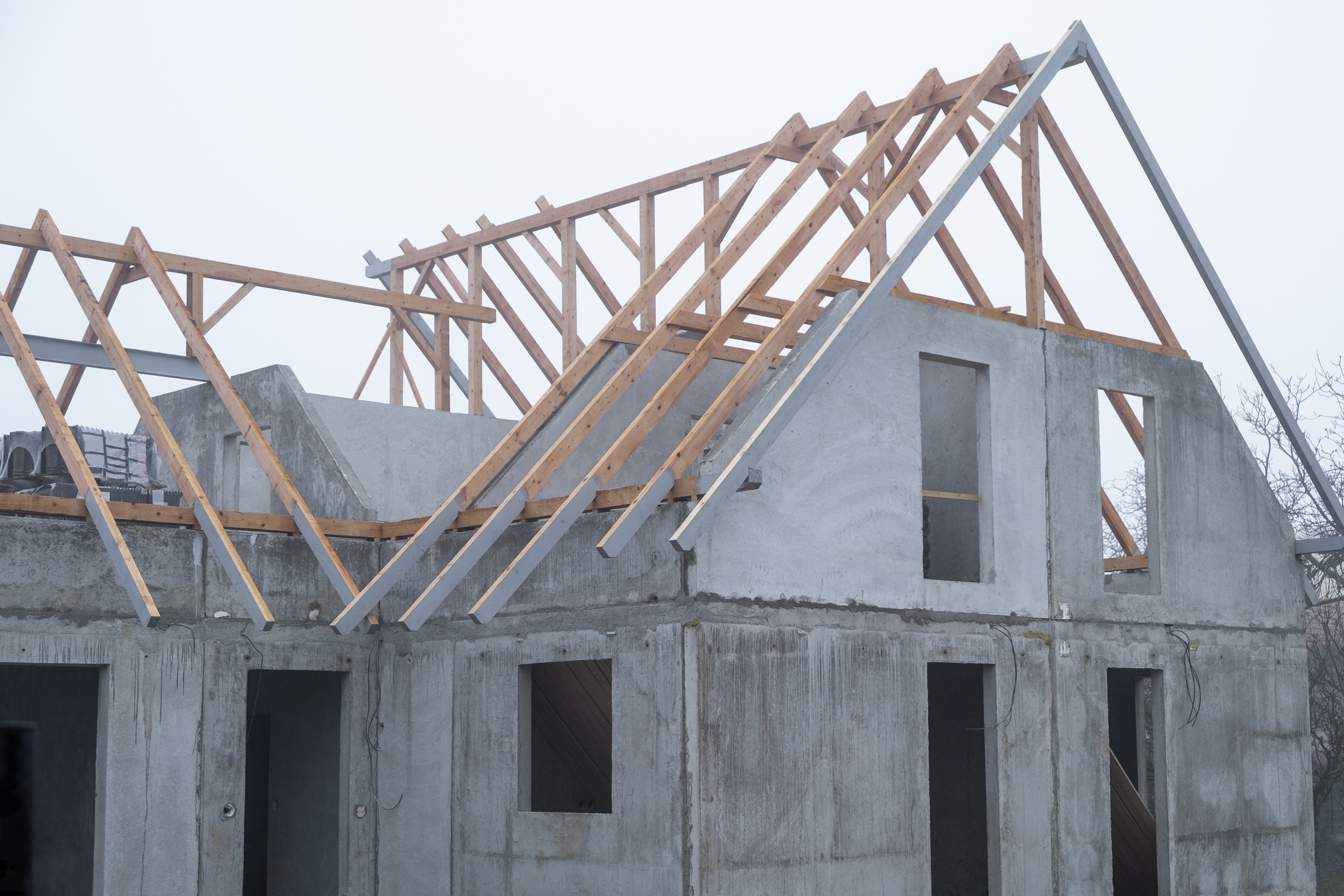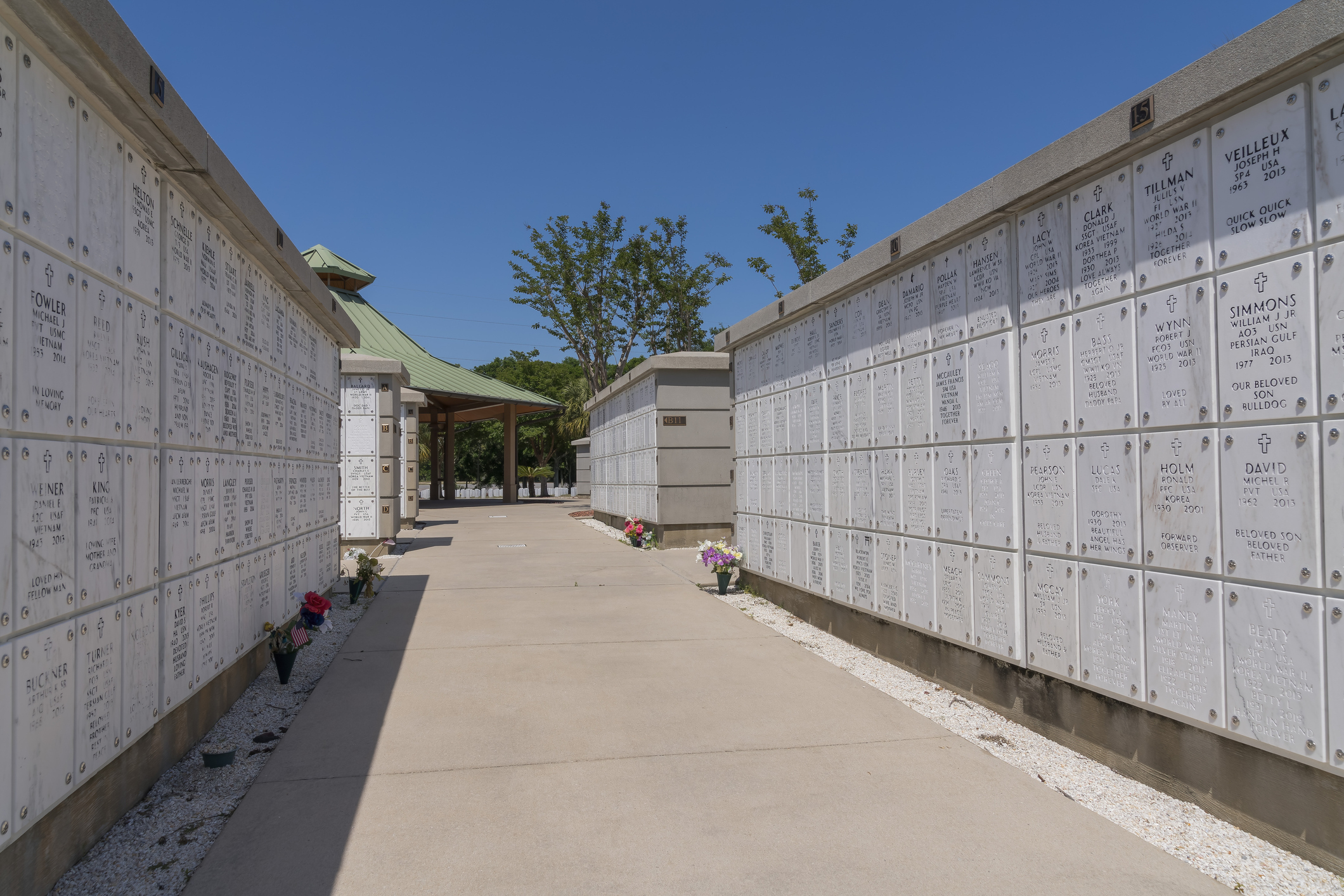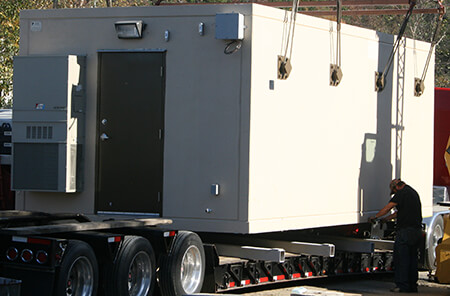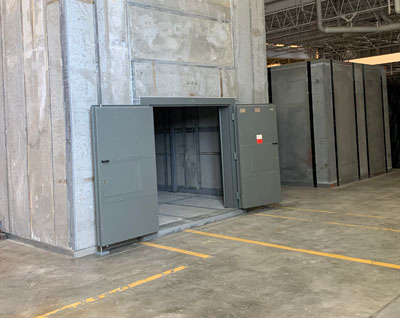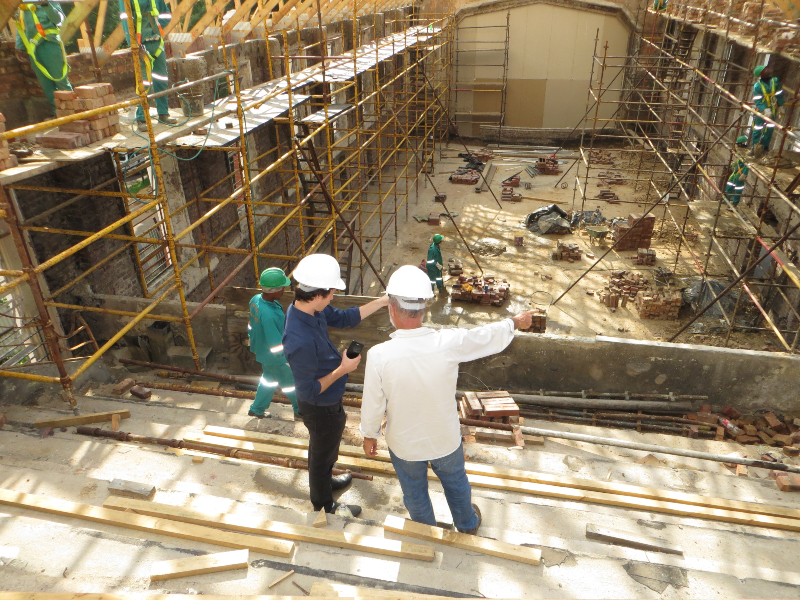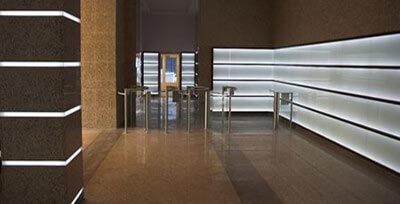Precast Storm Resistance
Precast concrete’s effectiveness in providing wind resistance can be attributed to several key factors:
Mass and Inertia
- High Mass
- Precast concrete panels have significant mass, which inherently provides resistance against wind forces. The weight and inertia of concrete help stabilize structures against wind-induced movements.
Structural Integrity
- Strength and Rigidity
- Concrete has high compressive strength, which means precast elements can be designed to withstand significant lateral loads from wind without deformation. The rigidity of precast concrete helps maintain structural integrity under dynamic wind loads.
Connection Design
- Robust Connections
- The connections between precast elements are critical for wind resistance. Modern precast design includes robust connection systems (like embedded plates, post-tensioning, or grouted connections) that distribute wind loads effectively across the structure, reducing stress concentrations.
Design Flexibility
- Aerodynamic Shapes
- Precast concrete can be molded into shapes that reduce wind load through aerodynamic design. For instance, curved or streamlined shapes can minimize drag and turbulence, which are key factors in wind resistance.
Integration with Building Systems
- System Integration
- Precast elements can be designed to integrate seamlessly with other building systems like cladding, windows, and roofing, ensuring that the entire building envelope works together to resist wind forces. This includes designing for pressure equalization to mitigate wind-induced pressure differences.
Quality Control
- Consistent Quality
- Precast concrete is manufactured in controlled environments, ensuring high-quality production with minimal defects. This consistency reduces weak points that could fail under wind loads.
Reinforcement
- Reinforced Design
- Precast concrete panels often include steel reinforcement, which not only enhances tensile strength but also helps in distributing wind loads more evenly throughout the structure.
Diaphragm Action
- Horizontal Diaphragms
- In building design, precast concrete floors and roofs can act as diaphragms, transferring wind loads to the vertical elements (walls or columns) more effectively. This horizontal load transfer is crucial for overall building stability.
Seismic Design Principles
- Dual Resistance
- Many principles used in seismic design for precast structures, like ductility and energy dissipation, also benefit wind resistance. Structures designed for seismic activity often perform well under wind loads due to their robustness.
Durability and Maintenance
- Low Maintenance
- Precast concrete’s durability means that the wind-resistant properties remain consistent over time with minimal maintenance, unlike some materials that might degrade or require frequent upkeep.
Insulation and Air Tightness
- Integrated Systems
- Precast panels can incorporate insulation and be designed for air tightness, reducing the risk of wind-driven rain infiltration, which can compromise structural integrity if not properly managed.
Testing and Certification
- Wind Tunnel Testing
- Precast elements can be tested in wind tunnels to optimize design for specific wind conditions, ensuring they meet or exceed wind resistance standards.
Considerations
- Weight
- The high mass, while beneficial for wind resistance, requires careful consideration in foundation design and structural engineering to manage seismic loads or soil conditions.
- Transportation and Installation
- The size and weight of precast elements necessitate precise planning for transportation and erection, which must account for wind loads during installation.
In summary, precast concrete’s effectiveness in wind resistance comes from its mass, strength, design flexibility, and the ability to integrate robust connection systems. These attributes, combined with modern engineering practices, make precast structures highly resilient against wind forces, providing both safety and longevity in buildings designed to withstand harsh wind conditions.
Contact Us Today
For more information on our products and services, give us a call today at 919-742-3132, or visit our Contact Us page. Let The Carolina Precast Company help you bring your vision to life with precision and excellence.
